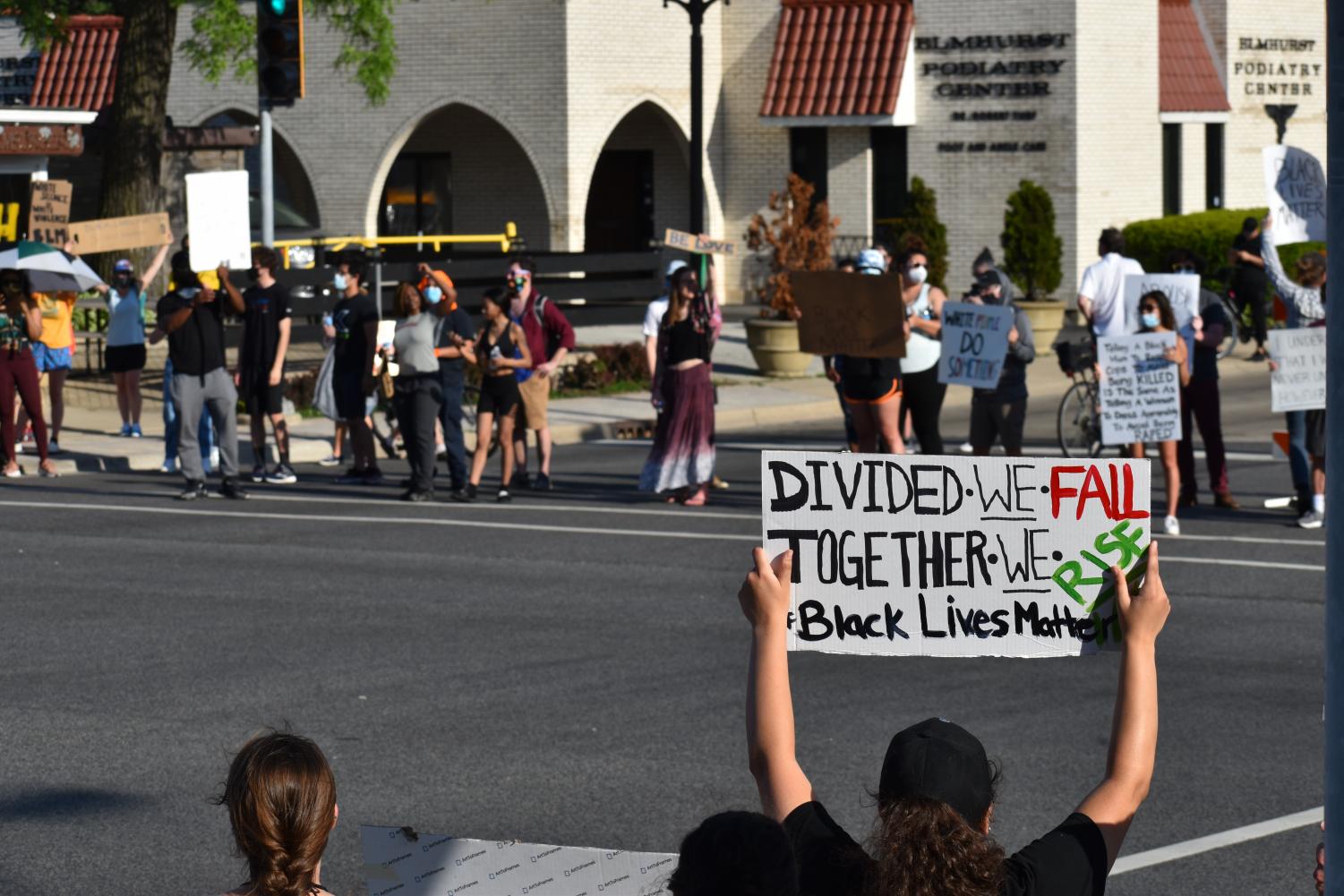Do not blame the year
December 22, 2020
2020 kicked off with enthusiastic declarations of excitement for “2020 vision” or “the roaring 20s”. However, the year quickly soured as a pandemic devastated millions of lives around the globe. Social media posts joked about the cursed year and how an unrelenting amount of crises occurred in such a short period of time.
Most would agree that in 2020, our community and nation have experienced the effects of countless public issues, ranging from systemic racism to the COVID-19 pandemic. While the year itself is an easy scapegoat, the present controversies are more deeply rooted than a simple year in time.
The finalists for the Times 2020 Person of Year provide an easy summary of some key issues this year: Joe Biden/Kamala Harris, Donald Trump, Anthony Fauci/Healthcare Workers and the Racial Justice Movement. 2020 contained political and ideological polarization; this conflict seeped into a divisive presidential election, a pandemic and struggles for racial justice and police reform.
First, 2020 brought us a global pandemic. United States doctors diagnosed the first U.S. case of COVID-19 on Jan. 20, 2020. In less than two months, on March 13, students all over the country began remote learning for the rest of the school year. Stay-at-home orders and mask mandates followed. Anxiety over everything from financial security and health to toilet paper and cancelled events tore through our community and nation. The luckiest endured loneliness and restlessness. Vaccines show us hope is on the horizon; however, almost all lives were negatively impacted in some form by the virus.
According to the DuPage County COVID-19 Dashboard, 2,794 Elmhurst citizens have tested positive for COVID-19. York students have learned at home since March, an event predicted to harm emotional and learning development. The education and safety of students continues to be in harm’s way.
Elmhurst, a predominantly white municipality, did not face the brunt of COVID-19 cases and deaths in our country. Black citizens were reported to be 2.8 times more likely to die from COVID-19. Remote learning also presented a barrier for Black students as 11% of Black 3 to 18 -year-olds reported only having Internet connection through their phones, according to the National School Board Association (compared to 3% of white students). A staggering 45% of Black students attended high-poverty schools, implying a general lack of funding for mental health services and educational opportunities for a disproportionate number of Black students across the country.
While issues of racial disparities in health and education are long standing, racism in law enforcement arrived in the center of national conversation this year after the murder of George Floyd by police officers in Minneapolis, Minnesota. Shocking images of his death sparked national outrage and protests. Calls for police defunding and justice rang across the world during the renewed recognition of the Black Lives Matter(BLM) movement. According to PEW Research, Black Americans 18-years-old and older make up 33% of the prison population. 12% of Americans are Black. Black Americans are five times more likely to be pulled over by the police than the white counterparts. Issues in criminal justice and law enforcement, especially relating to racial disparities, go back centuries. However, the BLM movement brought it front and center; it forced the conversation into every American’s life.
“All of that, I believe, is converging at this point to make people, white people in particular, think through America,” author and professor Carol Anderson said in an interview with New York Times. “What kind of nation is this, that can be comfortable with a police officer kneeling on someone’s neck for eight minutes and 46 seconds? And when you start asking that question, then all of the kinds of narratives and shibboleths begin to quake.”
Racism is not absent in our community. Last week, the York administration sent home an email to families notifying them of a racist incident on social media by a student. This incident, no matter the influence or intention, acted as a reminder: prejudice and intolerance exists in every corner of our worlds.
With the constant circulation of bad news this year, we all have the same thought: thank goodness 2020 is over! However, 2020 is not an anomaly. Everything, from the tense political polarization to the horrific effects of a pandemic on the United States, came from years or even centuries of institutional issues. The lack of responsibility or reaction from the federal level in dealing with COVID-19 directly impacted the astronomical number of cases and deaths in our country. The federal government’s absence from school funding and planning attributes to the amount of children out of school, and more disturbingly, the disparity between white students and BIPOC in public education funding. Centuries of institutional racism caused outrage during the protests this year.
If change does not occur, 2021 will travel down the same grim path as 2020. Sometimes as teenagers, making any significant change to such prevalent social issues seems quite daunting or even impossible. However, anyone can take easy steps to improve the community’s condition. Stay home from large events, and always wear a mask inside with people outside your immediate family during the pandemic. Read the thousands of resources available in many different formats about antiracism. Stand up against racism in your friend group, and act when you see it in your community and school. Vote for and hold accountable politicians who will actively combat racism. No one wants a repeat of 2020, but the problems will prevail in following years if we do not work together to improve our own community.
How have you made Elmhurst a better place this year? Send in a picture or statement to thisisyork@elmhurst205.org

